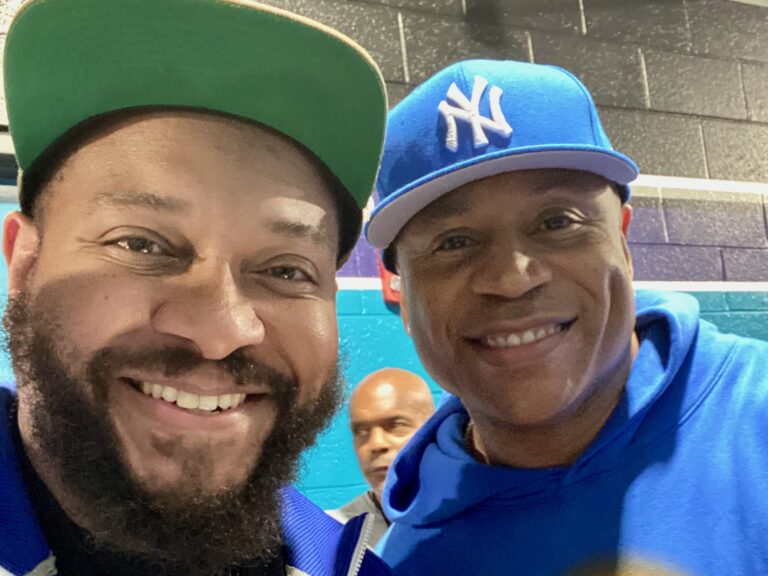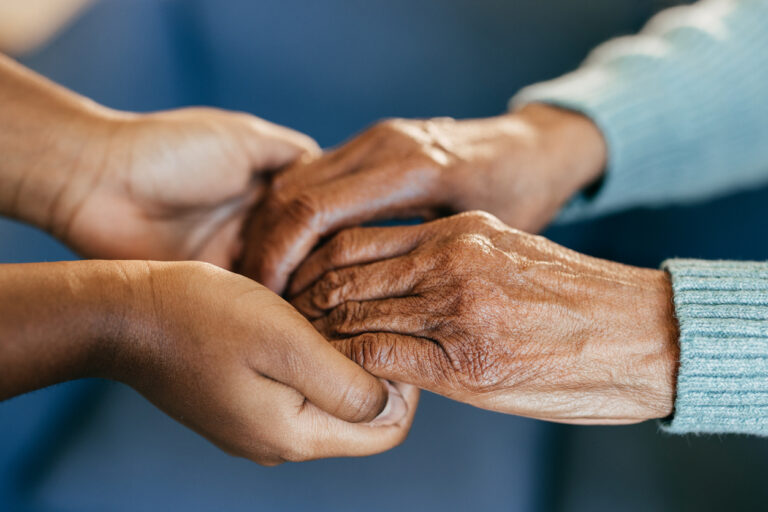Bias is a tricky thing.
We all have it, and sometimes that’s okay and sometimes it’s not.
For marketing and fundraising professionals, this nuanced understanding of bias is even more important because cognitive biases are so often used in marketing and fundraising efforts to nudge potential donors into giving. But without any examination of the unintended consequences of such efforts, our tactics to get more donors or more dollars can reinforce harmful stereotypes. In addition, the demographics of the United States are changing, and public media needs to represent and engage new audiences if it wants to survive.
So let’s break down what bias is exactly, and how we can use it responsibly and ethically.
Harvard professor Mahzarin Banaji beautifully sums up her decades-long research on implicit bias as “the thumbprint of culture on the brain.” In brief, implicit bias occurs because our brains are powerful machines that process millions of data points outside of our conscious awareness and make meaning out of that data in lightning fast time. It’s how we slam the breaks when we see a red light without “thinking” about it. But it can also lead to a “gut” feeling that a person is “bad” and we don’t realize that it’s because of the media images we’ve been fed about a certain race or culture. Implicit bias has gotten re-branded as unconscious bias in popular culture (despite the inaccuracy of the name, as many of our biases are triggered subconsciously, not when we’re asleep), and has come to be short-hand for the type of bias that leads to discrimination.
At the same time, research on cognitive biases has been used by marketing professionals to increase engagement, like in-group favoritism, where consumers look to buy products that are preferred by their group or their circle. If a brand is chosen by the close friends of an individual, that individual is more likely to buy it, rather than following a person out of their group. And extensive research has shown that individuals prefer people who speak with the same accent they have.
Using these psychological phenomena to nudge people to donate is not inherently bad. Perhaps you might get more funding by having someone with an American accent endorse your station during a pledge drive month. But these biases could have unintended discriminatory effects when used unethically or when our own internal biases go unexamined. For example, in-group favoritism can be used to defend why we are only able to find White philanthropic donors, which is likely because their networks are mainly White (not because there are no Black philanthropists). And accent bias can be used to justify not putting people with different accents on the air, even when they are the subject matter expert or an important source.
Another example is picture selection. Images have a huge impact on imprinting and reinforcing our view of the world, and yet, most media professionals don’t spend half the time being as thoughtful about their images as they do about their words. Often, because of a lack of time and money, we look for the most cost-effective picture that “works,” not examining how our use of a photo may be reinforcing harmful stereotypes.
For example, when we use a photo of a White family as a “real listener” story, we are reinforcing the idea that our station is for White audiences. Some people, in an effort to work with limited resources, may then look for stock images of Black or brown families. While the intention is good here, most viewers can easily spot a stock image (especially if there are no names associated with the people in the photo). Tokenism lets diverse audiences know they are being pandered to, not genuinely invited to join your community.
So what can we do to mitigate these biases?
The first thing we must do is get to know our own personal biases. This is not a comfortable process, so really, step 0 is to develop tools to deal with being uncomfortable and learning hard truths about yourself (more about that in my next blog post).
In the midst of this process, we can begin to ask ourselves, who is this communication targeting across identity factors (race, age, gender, sexual orientation, ability, religion, geography, indigeneity)? It’s not that targeting is bad, but we must be more conscious in our efforts, and create collateral that invites all listeners to donate (or invites more diverse audiences to listen). By doing so, our efforts will become more and more inclusive with time. (Which is also to say, it’s unlikely one ad or email will be inclusive of everyone, so marketing departments need to audit the entirety of their work for equity.)
The second thing you can do is expose yourself to people different from yourself. How many Black people do you follow on social media? What are the most important Jewish holidays? Do you know anyone who identifies as transgender? How many friends do you have outside your age group? By expanding your circle of influence, you will gain valuable market research on how to appropriately and successfully target diverse audiences. For example, as an Indian-American and Hindu, I can tell you it would be foolish to think you would be able to target me by targeting people who “like yoga” on Facebook. Despite the fact that yoga originated in India as a Hindu practice, it has become culturally appropriated in this country, and I do not feel any sense of belonging to that community. Saving the discussion of cultural appropriation for another time, it might be wiser to try to reach people like me by targeting people who like certain brands of food that are found only in South Asian grocery stores, like Maaza.
Thirdly, you should begin to build infrastructure that allows people across your organization to share resources that foster equity and inclusion. For starters, here is a list of stock image databases known for having more diverse and inclusive photos (courtesy of my friend and Senior Interactive Designer at ForumOne, Acacia Betancourt):
Lastly, no one is a diversity expert. The human race is too vast and diverse for anyone to claim such a title. So you will need to build a diverse team and inclusive culture where everyone feels they can speak up and contribute in order to truly mitigate bias at all levels of your organization and engage diverse audiences and donors authentically.
This essay is part of Greater Public’s thought leadership series focusing on whiteness in public media. This series embraces bold, honest thinking that points the way toward public media’s brightest future.








